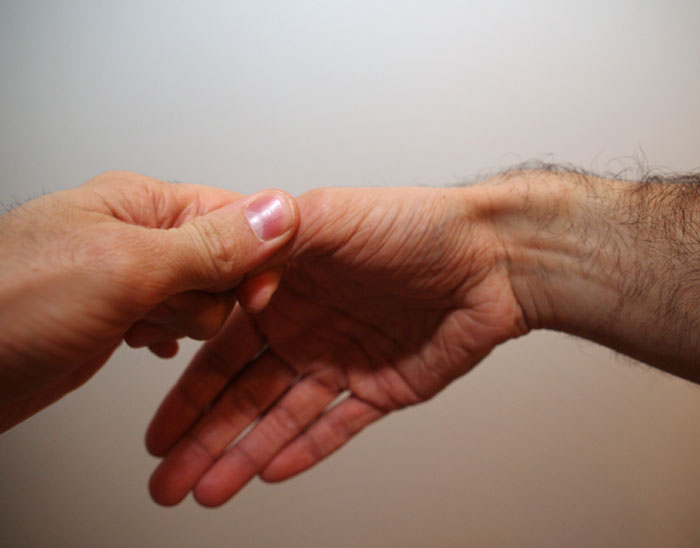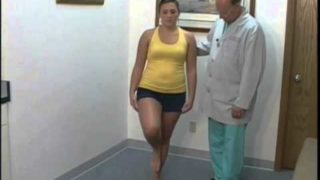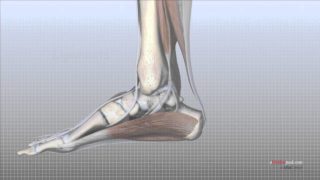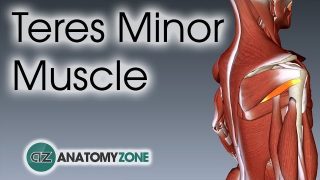ONLINE COURSES: https://study.physiotutors.com
GET OUR ASSESSMENT BOOK ▶︎▶︎ http://bit.ly/GETPT ◀︎◀︎
OUR APPS:
📱 iPhone/iPad: https://apple.co/35vt8Vx
🤖 Android: http://bit.ly/2QvqKKb
🆕Merchandise: https://teespring.com/stores/physiotutors
🚨 HELP TRANSLATE THIS VIDEO 🚨
If you liked this video, help people in other countries enjoy it too by creating subtitles for it. Spread the love and impact. Here is how to do it: https://youtu.be/_3MMKHqoZrs
Wrist Hyperflexion Abduction of the Thumb / WHAT Test | De Quervain’s Disease
https://youtu.be/FlFMFhrbWwM
📚 ARTICLES:
Goubau et al. (2014): https://pubmed.ncbi.nlm.nih.gov/23340762/
Visit our Website: http://bit.ly/web_PT
Like us on Facebook: http://bit.ly/like_PT
Follow on Instagram: http://bit.ly/IG_PT
Follow on Twitter: http://bit.ly/Tweet_PT
Snapchat: http://bit.ly/Snap_PT
🚗 Use our Tesla referral link: https://ts.la/andreas85965
#physiotutors #WHAT #DeQuervain
🎶 Intro/Outro Track: Pharien - What You Say
Link: https://youtu.be/jOrrBSrXbyo
------
This is not medical advice! The content is intended to be educational only for health professionals and students. If you are a patient, seek care of a health care professional.
Other Videos You Might Like:
Subscribe
Login
6 Comments
Newest







